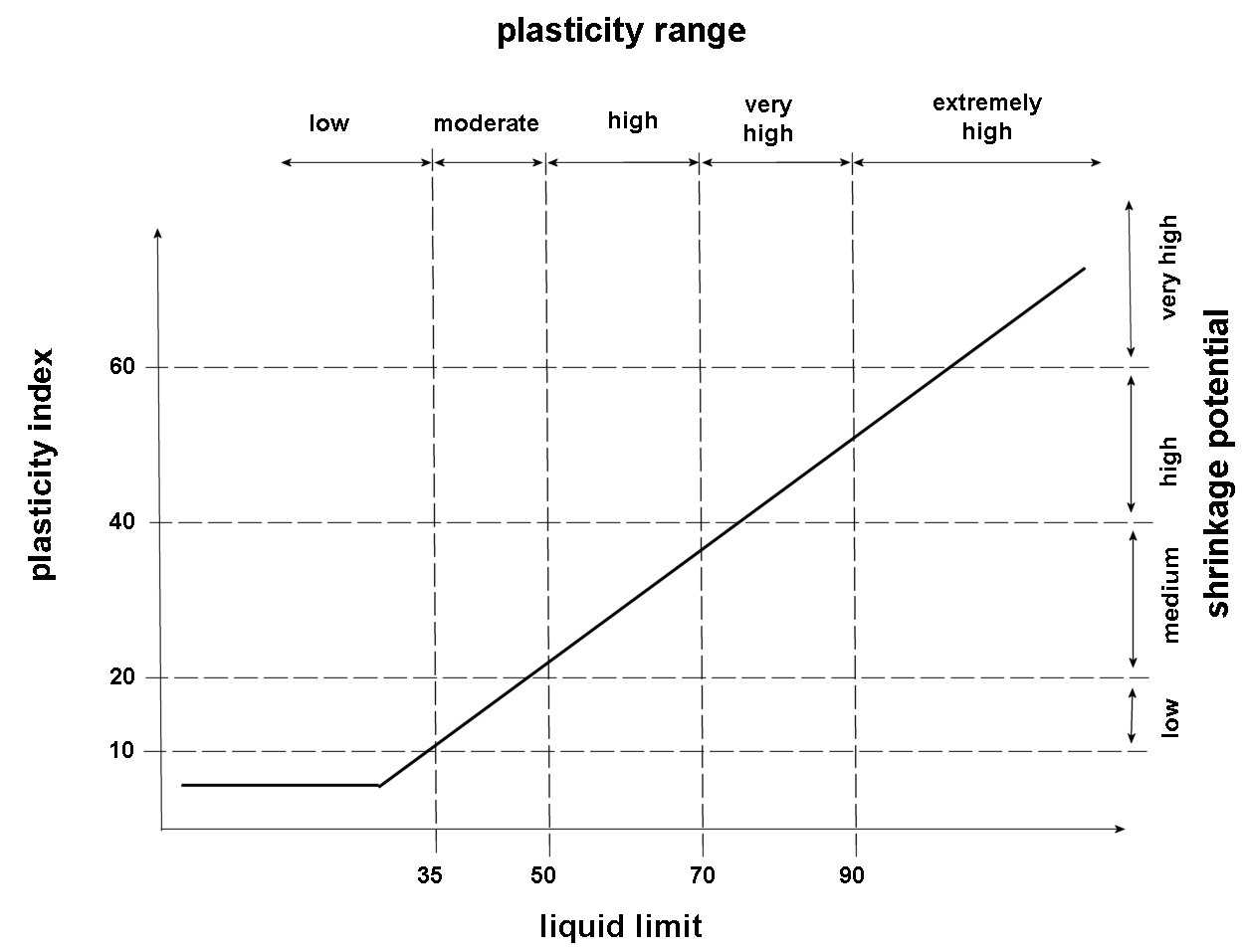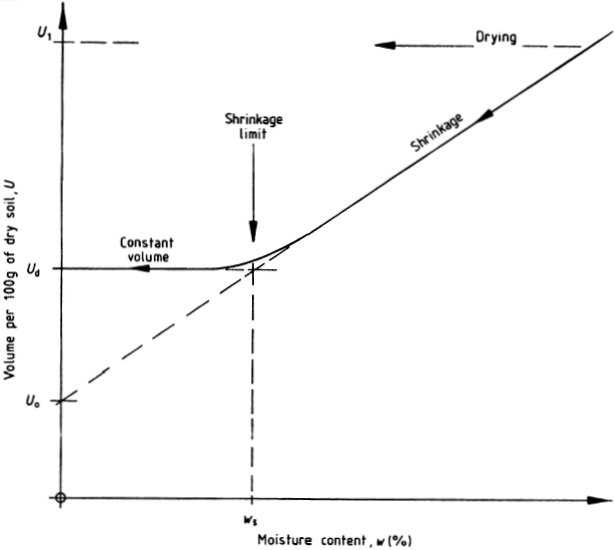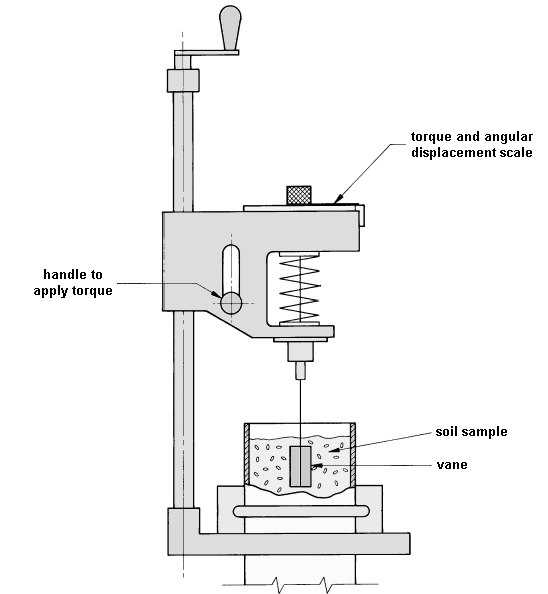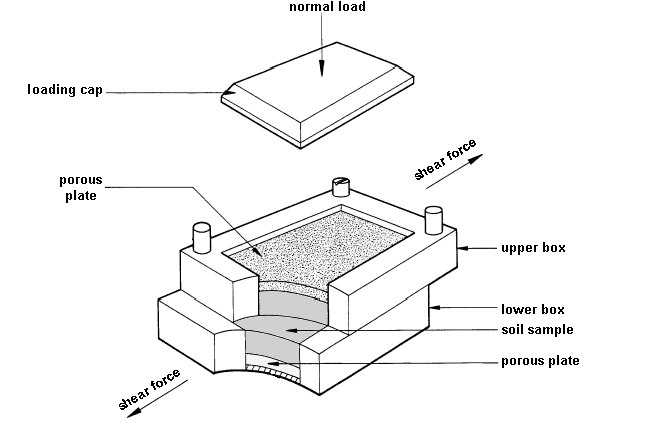Wattle & Daub: Craft, Conservation & Wiltshire Case Study
Contents
Contents
2 History
3 Craft
3.3 Panel Types
3.4 Staves
3.6 Daub
3.7 Decoration
4.1 Soils
4.1.1 Constituents
4.1.2 Plasticity
4.1.3 Strength
4.1.4 Field Testing
4.1.5 Selection
4.2 Dung
4.2.2 Lignin
4.2.3 Urine
4.2.4 Microbial Debris
4.2.5 The Role of Dung
4.3 Fibre
5.2.3 Maintenance
5.3 Repair
5.3.1 Partial Renewal
5.4 Replacement
5.4.1 Brick Infill
5.4.2 Renewal
6.3 Fieldwork
6.5 Evaluation
| Title Page Previous Next | Material Characteristics >Soils >Plasticity |
4.1.2 Plasticity
The effects of water on the physical properties of a clay
can be seen in the form of cracks in almost all contemporary and historical daub
panels. It is also important that a daub, after any cracking, must have a
residual strength in the clay that resists failure. Where a daub may be
considered to have failed locally due to a crack or within its structure in the
form of micro-cracks, the overall panel strength is assured by the added fibres
such as straw or hair.

The amount of shrinkage of a pure clay can be characterised
using two laboratory variables – the ‘liquid limit’ and the
‘plastic limit’. The liquid limit is the point at which the
water content is sufficient for the clay to flow as a liquid. This cannot be
determined visually, since the point is at a transition between solid and
liquid. However, definitions have been set and a standard test is defined in the
BS 1377-2:1990
standard.[54]
The plastic limit is defined as the moisture content that causes a clay to
transition from being malleable to being friable. The test is based on
controlled experiments where samples are rolled down to a breaking diameter of
approximately 3mm. The limit is the moisture content at which the sample shears
rather than remaining intact at this diameter. These data can be used to derive
a plasticity index, which is simply the liquid limit minus the plastic limit.
This can then be plotted to show the potential for the clay to shrink [Figure 24]. Most clays fall close to the
line.
A direct characterisation of shrinkage can also be performed. This requires measurement of the ‘shrinkage limit’, defined as the moisture content below which a clay ceases to shrink, and the ‘shrinkage ratio’, which is defined in terms of the volumetric change versus change in moisture content.[55] The linear shrinkage is also particularly relevant to the cracking of daub panels. Figure 25 shows a typical relationship between volume change and water content for a clay. Below the shrinkage limit, air replaces the voids that had been filled with water. Above the shrinkage limit the clay is said to be ‘saturated’. This means that the voids are full of water and have displaced all the air. In this context, saturation does not mean the maximum water content, as the soil will continue to take on water until it becomes a slurry (above the liquid limit). A dry daub is generally kept below the shrinkage limit and so contraction and expansion is negligible after the initial drying.

 |
 |
[54]
The cone penetrometer method defines the liquid limit as the water content at
which the cone penetrates a soil sample to 20mm.
[55]
BS 1377-2:1990, p.14.